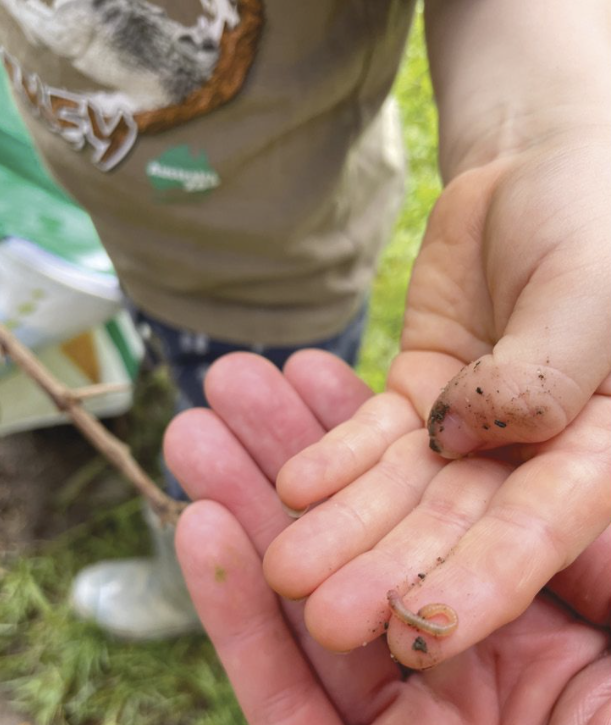
Yesterday a four-year-old child I work with turned to me, stamped her foot, clenched her fists and let out a scream of frustration. “I hate lockdown. Nobody say that word ever again!”
Wearing my face mask as I nodded at her, I could only agree. We are all fatigued and fed up. How are we expected to go on, maintaining our essential work as early childhood teachers, in these conditions, with these risks, and with only halting and grudging government support?
If ever we needed to draw on our capacity for resilience, it’s now.
What is resilience?
Resilience, broadly defined, is the capacity to effectively respond, to adapt – to ‘bounce back’ in the face of adversity (American Psychological Association, 2012). There are many ways to think about resilience but there is consensus that it involves several key elements: self-care, mindfulness, connection, self-awareness and purpose.
Rather than consider these in purely individual and psychological terms, maybe we could ask how we – both teachers and children – can use the elements to collectively grow our capacity for resilience as a sector. Part of our job is to enable resilience in children, so this is something we are expert at.
As a pillar of resilience, self-care is also something we can do very well. After all ‘care’ is also a key part of our professional remit. This might be a call to prioritise not just children but also ourselves as professionals. To care for ourselves, for children and for each other is not a passive, gentle process: it requires strength, political action and will; a fierce commitment to prioritising the wellbeing of children and ourselves.
The front line
We see children as agents who have power (including the power to offer care to us) and it’s important to remember that we are also agents who collectively have power and impact. The recent rise of awareness of early childhood education as an essential ‘service’ is surely an indication of our potential. If self-care involves the struggle to demand recognition and true prioritisation – and after all children and educators are on the front line – then how might we sustain this struggle without burning out in these challenging times?
The resilience literature suggests ‘mindfulness’. Maybe it’s in our capacity to accept support and ‘care’ from children that we can generate the strength we need to carry on. As always in our profession this comes back to the quality of our relationships with children and each other and to our capacity to create the space to prioritise and advocate for these. This requires a slowing down, an entering into the rhythms of childhood and relationality, a nurturing of moments of rare and precious shared attention and time together. We call this reflective practice in our professional language, and moments of reflection should be restorative and regenerative. They should be an opportunity for ‘mindfulness’, rather than another administrative burden on already overworked teachers.
Reflective space
To build resilience together means fighting for this space to be reflective and relational, for the centrality of pedagogy and relationships to our work instead of technical processes and compliance. The struggle for ‘quality practice’ (such as slow, mindful, reflective relationships and pedagogy) can’t be separated out from the struggle for better conditions, pay and recognition. Issues of quality practice and of pedagogy are neither the consequence nor the aim for our industrial struggle – they are the very conditions for it – embedded right in the heart. This struggle requires collective relationships, it requires solidarity. Resilience is not an internal quality, it’s an effect of our material conditions. We need to fight for our professional rights, and we need to do this with children, not for children. ‘Quality’ and pedagogy need to be central to our industrial campaigns, not subsequent to or dependent on them.
For this to occur we must be prepared to change – to let go of older ways of working. This will require us to be adaptable and nomadic in the ways we understand our professional identities and in how we frame our struggle. Carla Rinaldi (2006) talks about the possibility of reconstructing our schools and preschools as productive and generative spaces, that make a visible and valued contribution to the cultural and social life of the community in the here and now, not just in the future. They become not only educational spaces, but community and civic spaces for a range of political, social and cultural projects (Dahlberg et al. 2013).
Visible work
The work that we (teachers and children) do is truly important and truly valuable. It matters and it makes a difference. We might just need to make this visible to ourselves before we can expect this recognition from others. Maybe through defining who we are and what we do we can rediscover and regenerate a shared sense of purpose. Teachers, like children, need to find renewed meaning and purpose in our work, and to have this recognised. This sense of purpose is what will give us the capacity to respond to adversity with resilience. How do we support each other in this struggle?
Stephen Gallen is an early childhood consultant and teacher whose work focuses on curriculum, pedagogy and children and teachers’ power.
References
American Psychological Association, 2012, Building your resilience. https://www.apa.org/topics/resilience
Dahlberg, G., Moss, P. and Pence, A, 2013, 3rd edn Beyond Quality in Early Childhood education and care: Languages of Evaluation. London: Routledge.
Rinaldi, C, 2006, In Dialogue with Reggio Emilia. London: Routledge







































































































































